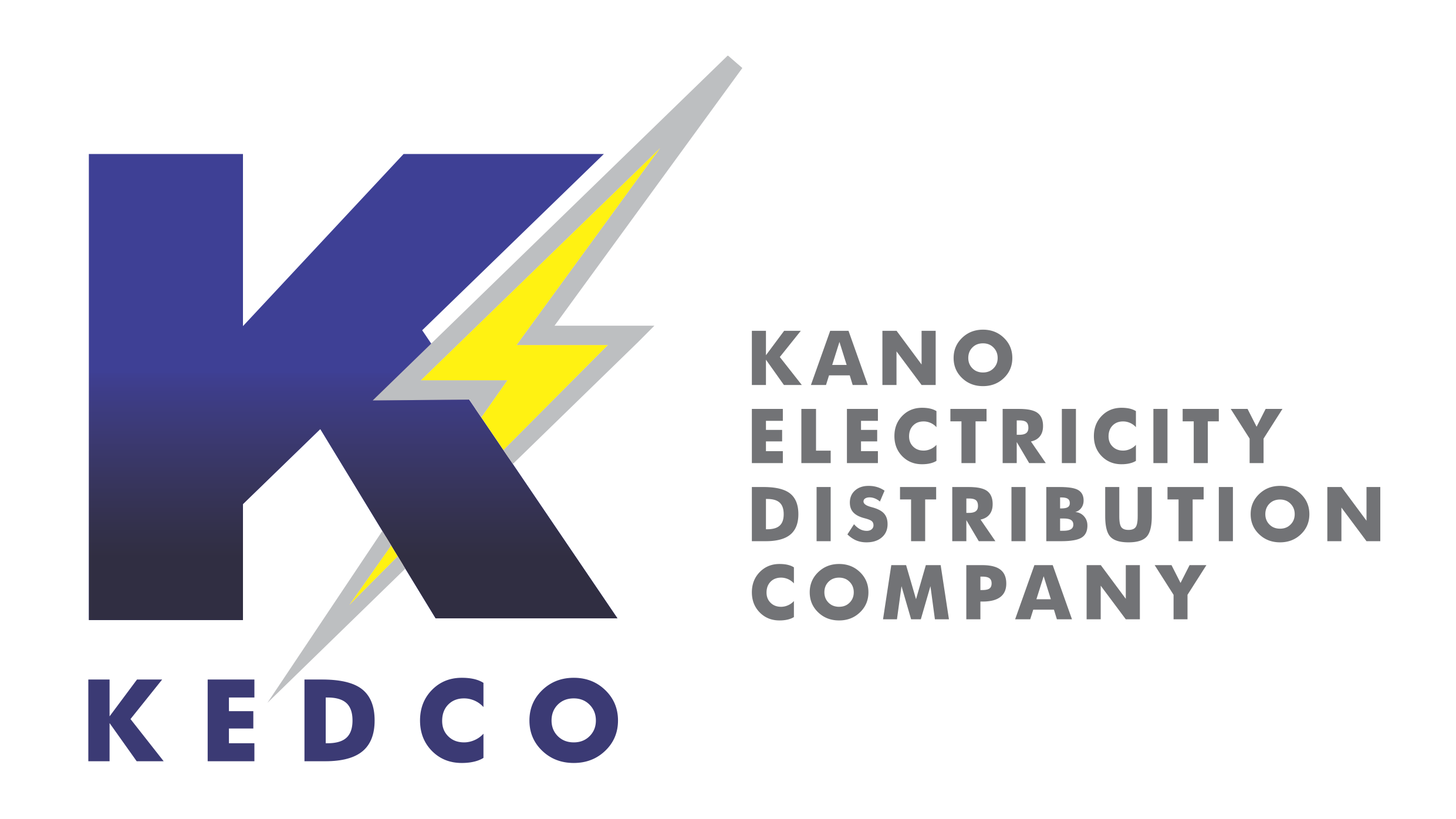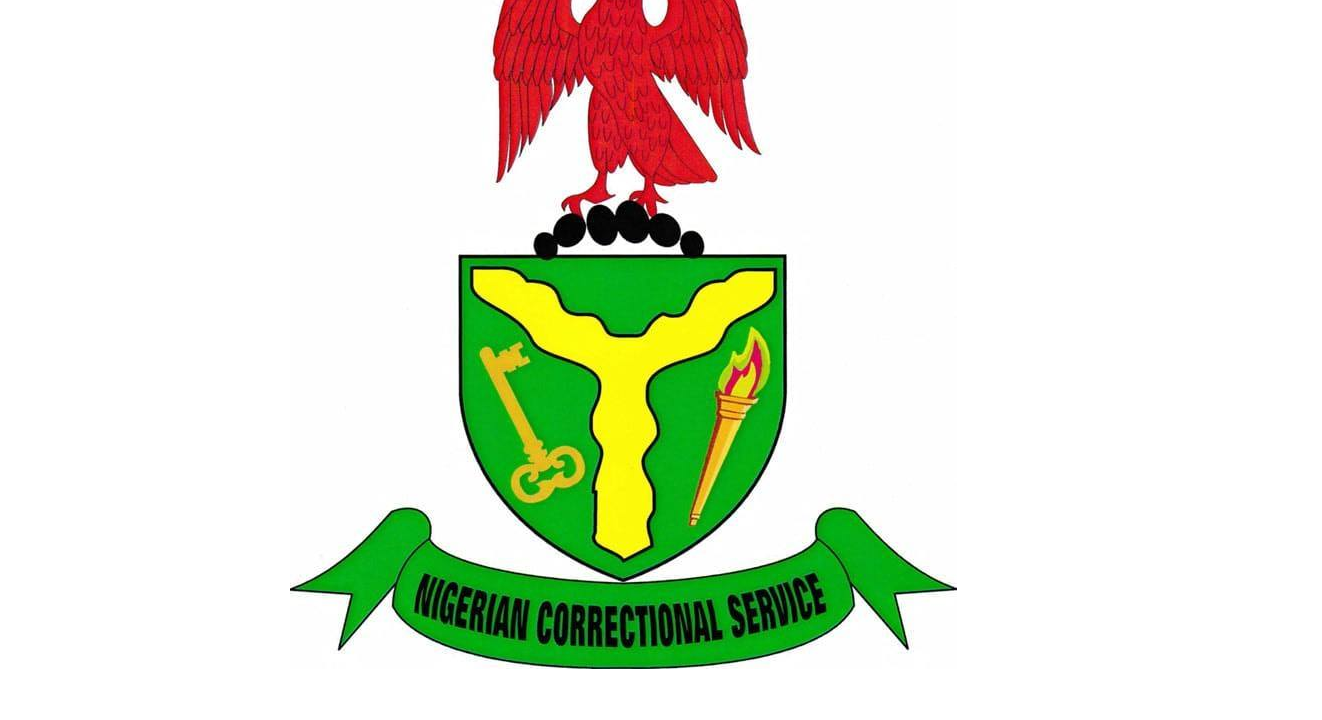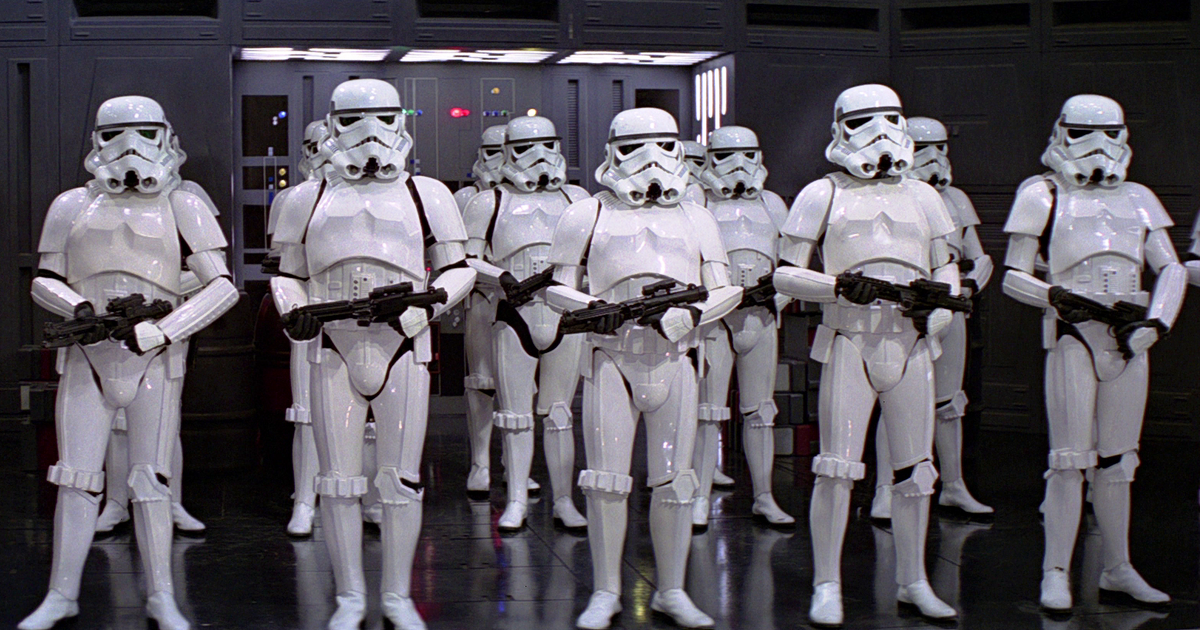History of Sega in Poland

The history of Sega in Poland is a multifaceted journey marked by shifting distribution partnerships, the prevalence of console clones, and the eventual rise and fall of various Sega platforms in the Polish market. From the initial attempts to establish a foothold in the early 1990s to the challenges posed by piracy and competition, Sega's presence in Poland reflects the broader dynamics of the video game industry in a post-communist Eastern Europe.
Early Days and Nissho Iwai Corporation (1992-1995)
Following the fall of communism in 1989, Poland began opening its markets, creating opportunities for importing luxury goods, including video game consoles. Sega's initial foray into Poland was facilitated by Nissho Iwai Europe Plc in 1992, aiming to establish a distribution network. Instead of focusing on video game retailers, Nissho Iwai partnered with audio and video resellers, leveraging the popularity of VHS tapes at the time. Key distributors included Brabork and ITI Neovision. The initial offerings included the Sega Mega Drive and Sega Master System I and II, accompanied by a selection of games. Radioelektronik magazine noted that some games included instructions in Polish.
In early 1993, Nissho Iwai introduced the Game Gear, followed by the Mega Drive II later that year. However, Sega faced competition from various sources, including the Pegasus (a Famicom clone), CDTV, Atari Lynx, Rambo TV Game (an Atari 2600 clone), and Supervision. The initial strategy proved unsuccessful due to ineffective promotion, primarily advertising in video and audio magazines rather than dedicated gaming publications. The high price point also deterred many consumers. While distributors had branch stores in multiple cities, the consoles were not widely available in smaller retail chains. Furthermore, the VHS market began to decline between 1993 and 1994. Consequently, many Polish consumers acquired Sega consoles from abroad, while the better-advertised Pegasus gained more popularity.
A 1994 poll by Top Secret revealed that only 1% of readers owned a Mega Drive or Sega console, compared to 8% who owned a Pegasus, Nintendo, Game Boy, or Supervision.
Bobmark International and the Rise of Pegasus (1994-1997)
Bobmark International, known for distributing the Pegasus console (a Nintendo Famicom clone) since 1991, played a significant role in the Polish gaming market. In May 1994, changes in Polish law prompted Bobmark to release a new model called









